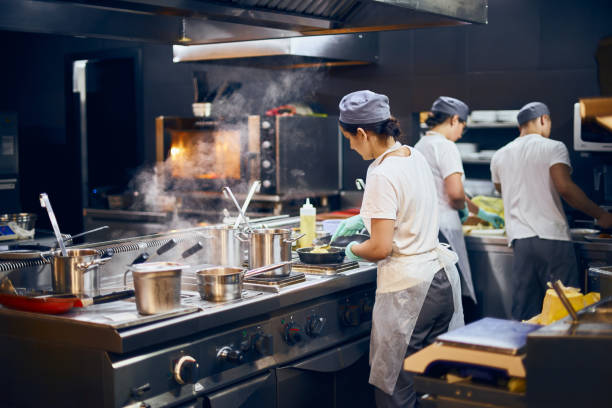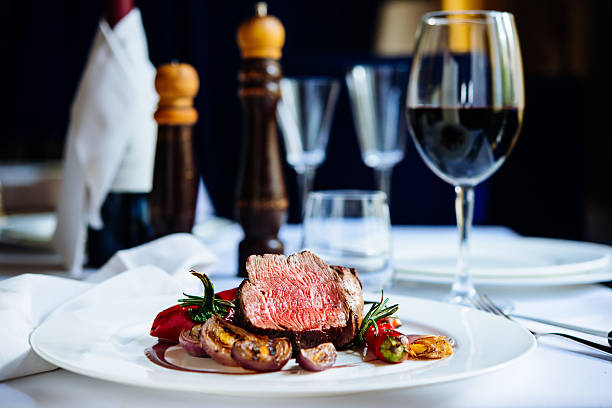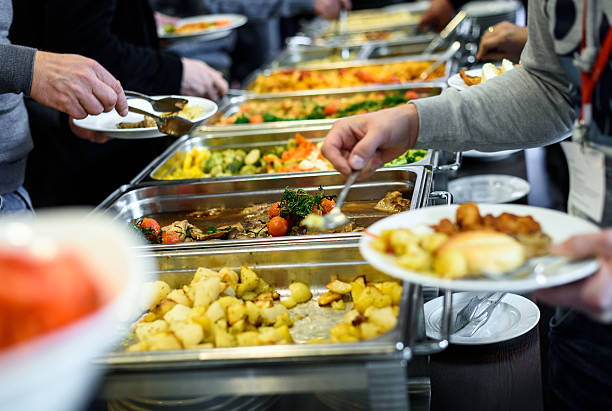Austenitic Stainless Steel is typified by a higher ductility, and hence a greater resistance to fracture. Shearing any type of steel is the resulting fracture of the material under pressure. A greater degree of penetration therefore takes place before fracture occurs. The clearance setting of the blades is therefore important. For shearing thin gauge sheet a clearance of 0.025 to 0.050mm is suggested.
Austenitic steels are characterized by their high content of austenite-formers, especially nickel. They are also alloyed with chromium, molybdenum and sometimes with copper, titanium, niobium and nitrogen. Alloying with nitrogen raises the yield strength of the steels.
Austenitic stainless steels have a very wide range of applications. Some of the industries are chemical and the food processing industry. The molybdenum-free steel also has very good high-temperature properties and is therefore used in furnaces and heat exchangers. Their good impact strength at low temperatures is often exploited in apparatus such as vessels for cryogenic liquids.
Closer clearance tends to induce blade wear, whereas larger clearances allow the material being sheared to drag over to an excessive degree, resulting in excessive wear of the blades and a poor cut.
As the material thickness increases the clearance should be increased accordingly and adjusted to best suit the specific piece of equipment being used, consistent with minimum roll over, burr height and distortion (camber, twist and bow).
The nominal suggested clearances for such thicker material are:
3CR12 Corrosion resisting steel 2.5% of material thickness
Ferritic/Austenitic Stainless Steel 3 – 5% of material thickness
To counteract the greater shearing force required, the hold down pressure on the clamps may have to be increased, particularly when shearing the Austenitic grades.
The higher power requirements can to some extent is countered by altering the rake/shear angle. A rake of 1 in 40 is a shear angle of approximately 1½ °. This is the suggested least rake which should be used. Small rake/shear angles necessitate higher power/force, but cause less distortion, whereas larger rakes/shear angles (eg 1 in 16 or 3½ °) reduce the power/force required, but need higher hold down pressure on the clamps and tend to increase distortion.
Blades MUST BE SHARP. Blunt blades increase the roll over, burr height and distortion (camber, twist and bow).
The moving blade should be provided with as large as possible back clearance/rake angle, without causing distortion.
This group of stainless steel is dominant in the market. The group includes the very common AISI 304 and AISI 316 steel, but also the higher alloyed AISI 310S and ASTM N08904.




